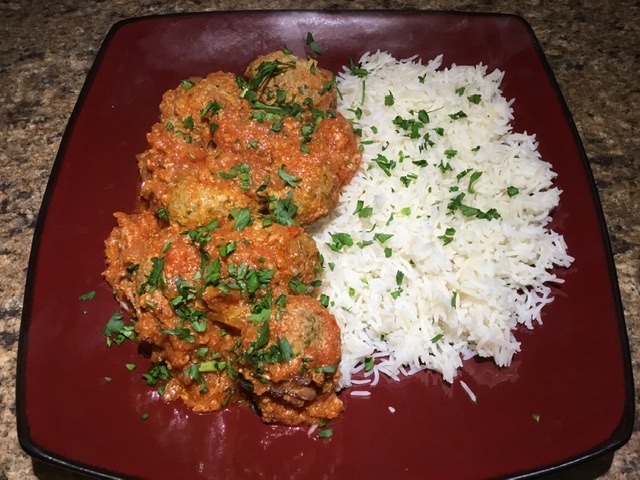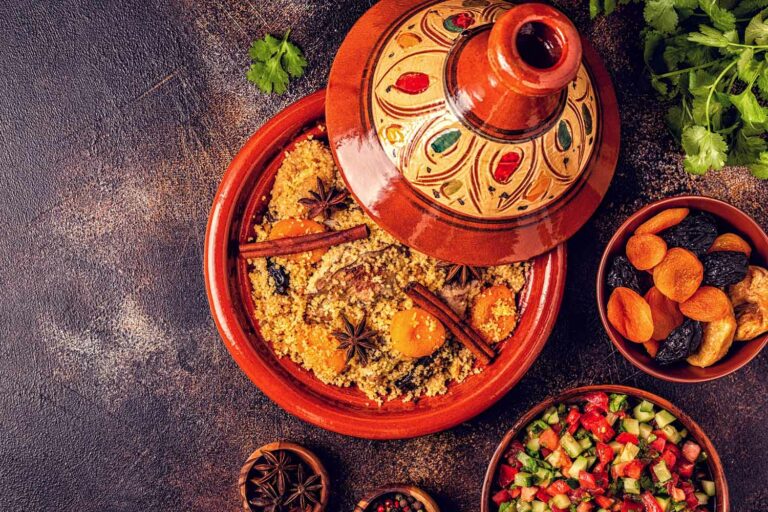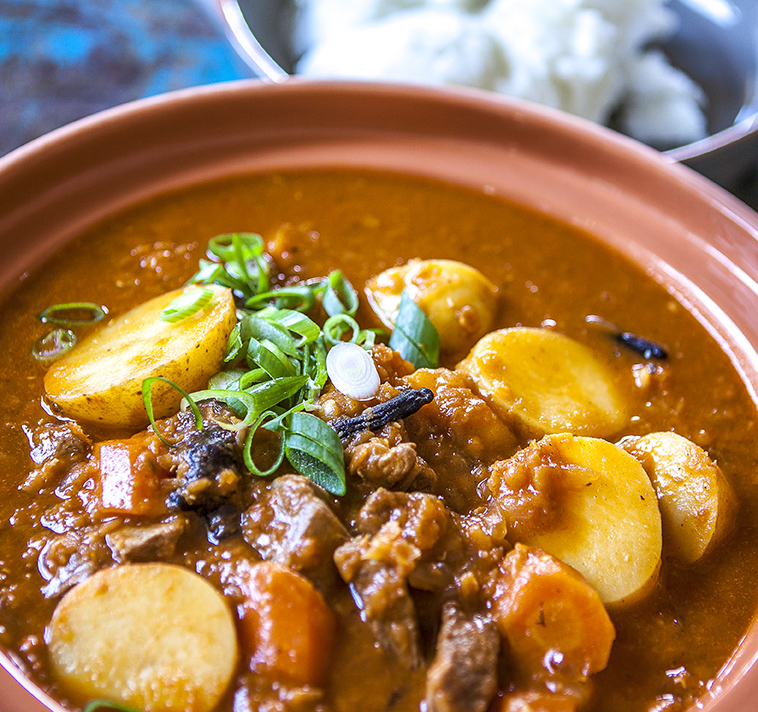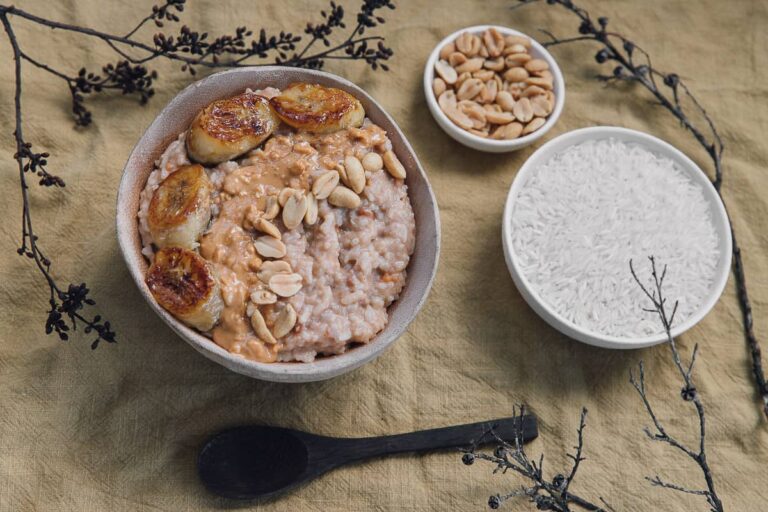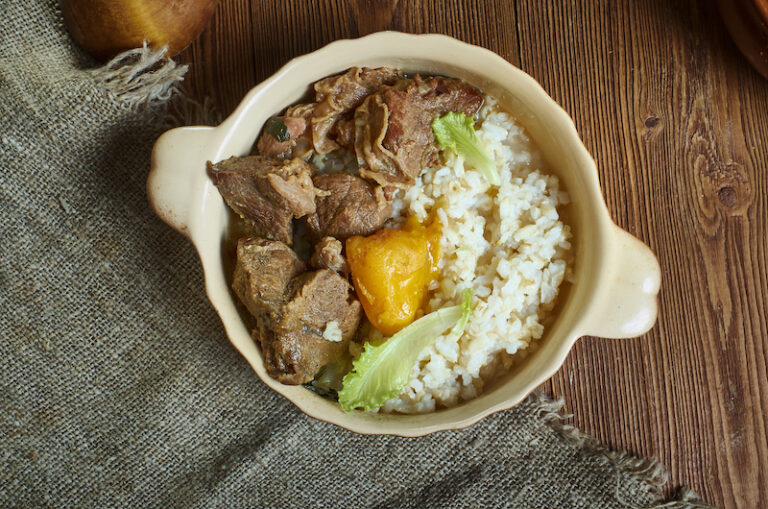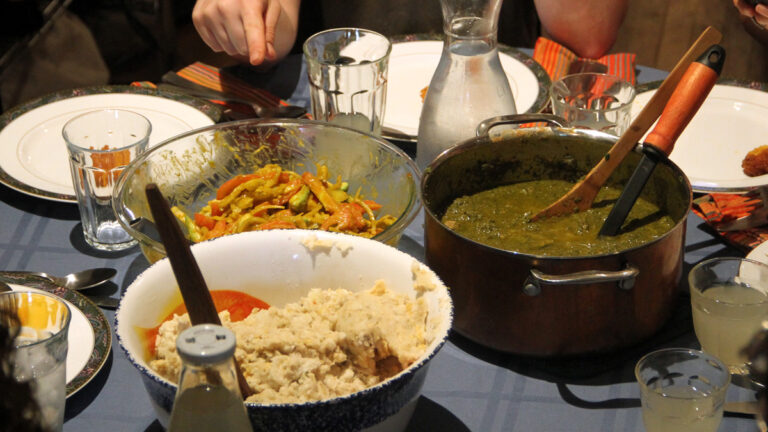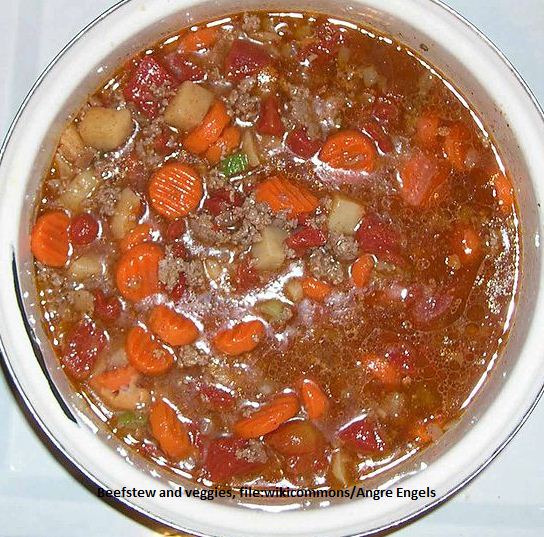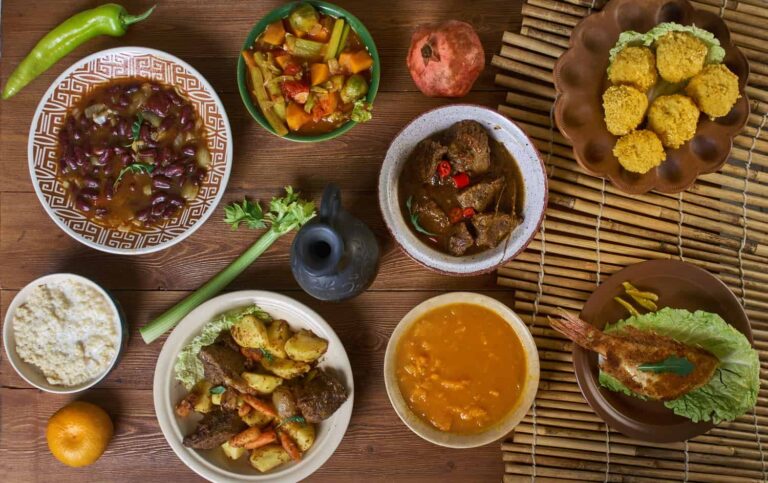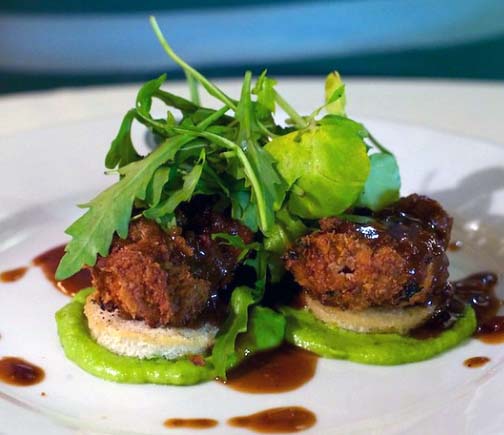Introduction: French cuisine in Central African Republic
Central African Republic is a country located in the heart of Africa, known for its diverse culture and rich history. The country’s cuisine is influenced by various factors, including its geographic location, cultural diversity, and historical events. One of the most significant influences on Central African cuisine is French cuisine. The French impact on Central African dishes can be observed in the use of French culinary techniques, ingredients, and cooking styles.
Historical context of French influence
French influence on Central African cuisine can be traced back to the colonial period when France first established its presence in the region. The country was under French colonial rule from 1894 to 1960, during which time French culture and language were introduced to the region. The French colonial administration also brought with them various agricultural products, culinary techniques, and ingredients. The French influence on Central African cuisine continued even after the country gained its independence, as French culinary practices were adopted by local chefs and cooks.
French colonialism and food importation
French colonialism played a significant role in the introduction of new food items to Central African Republic. During the colonial period, the French authorities imported various food items from France and other colonies, which were then introduced to the local population. The French administration also encouraged the cultivation of crops such as coffee, cocoa, and tobacco, which were popular in France. These crops were later used in local cuisine, thereby creating a fusion of French and Central African flavors.
French culinary techniques in Central African Republic
French culinary techniques have also had a significant impact on Central African dishes. Techniques such as braising, sautéing, and marinating were introduced by French chefs and are now widely used in Central African cuisine. French culinary techniques have also led to the creation of new dishes such as cassoulet, a stew made with beans, meat, and vegetables.
French ingredients and their adaptation
French ingredients have also been adapted to fit the local cuisine. For example, the use of butter in French cuisine has been replaced with palm oil, which is a staple ingredient in Central African dishes. French herbs such as thyme, rosemary, and parsley have also been incorporated into local cuisine, adding new flavors and aromas to traditional dishes.
Influence on popular Central African dishes
French influence can be observed in many popular Central African dishes. For example, the French influence can be seen in the preparation of Central African dishes such as koko, a stew made with fish, tomatoes, and onions. The use of French culinary techniques such as sautéing and marinating gives this dish a unique French flavor.
Cultural significance of French influence on cuisine
The French influence on Central African cuisine has had a significant cultural impact on the region. French culinary practices have been adopted by local chefs and have become an integral part of Central African culture. The use of French culinary techniques and ingredients has also led to the creation of new dishes that are now an essential part of Central African cuisine.
Conclusion: French impact on Central African Republic dishes
In conclusion, French cuisine has had a significant influence on Central African Republic dishes. French colonialism, food importation, and culinary techniques have all contributed to the fusion of French and Central African flavors. The use of French culinary practices has also led to the creation of new dishes that are now an essential part of Central African cuisine. The French impact on Central African cuisine has had a lasting cultural significance and has helped to shape the country’s culinary identity.

